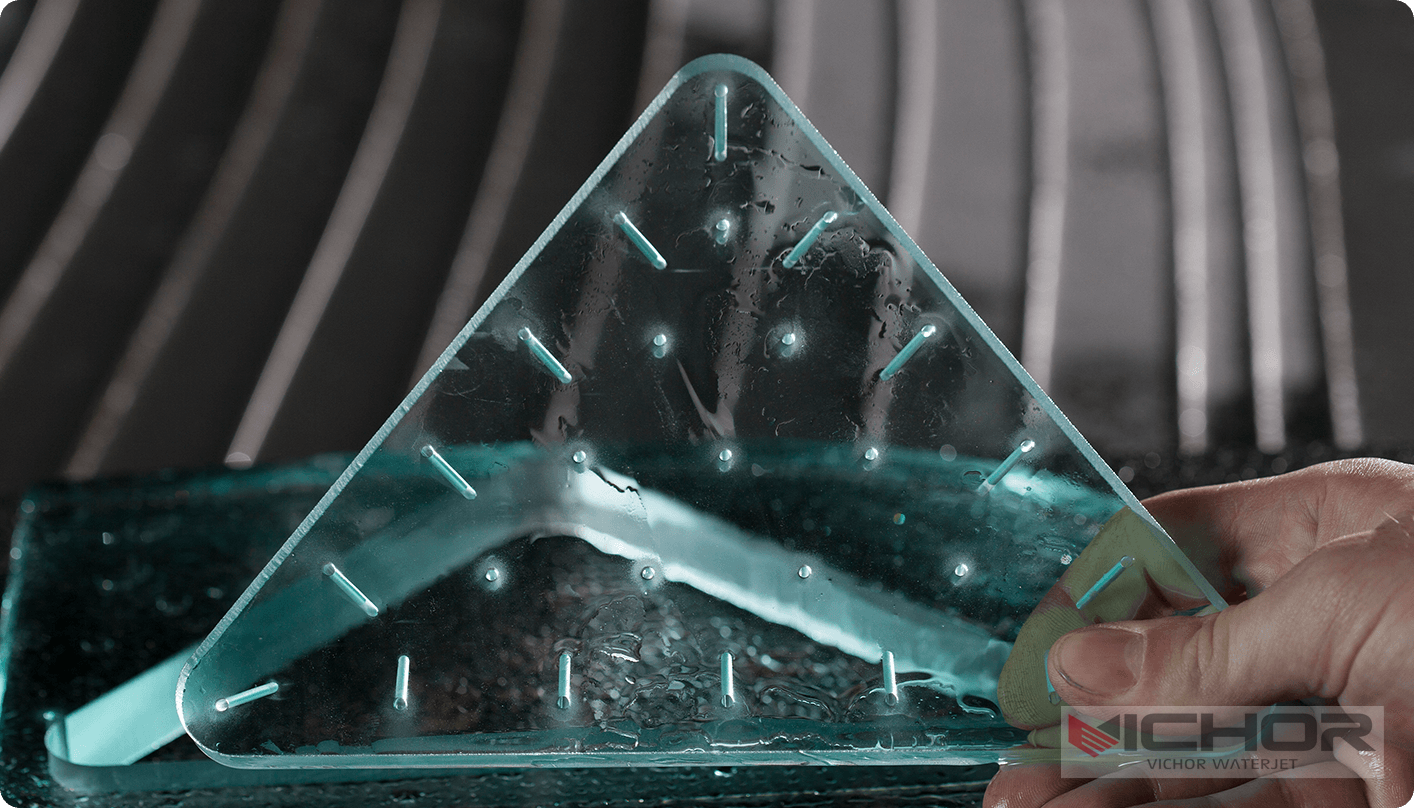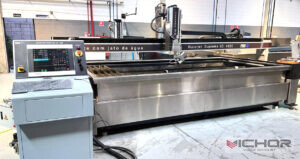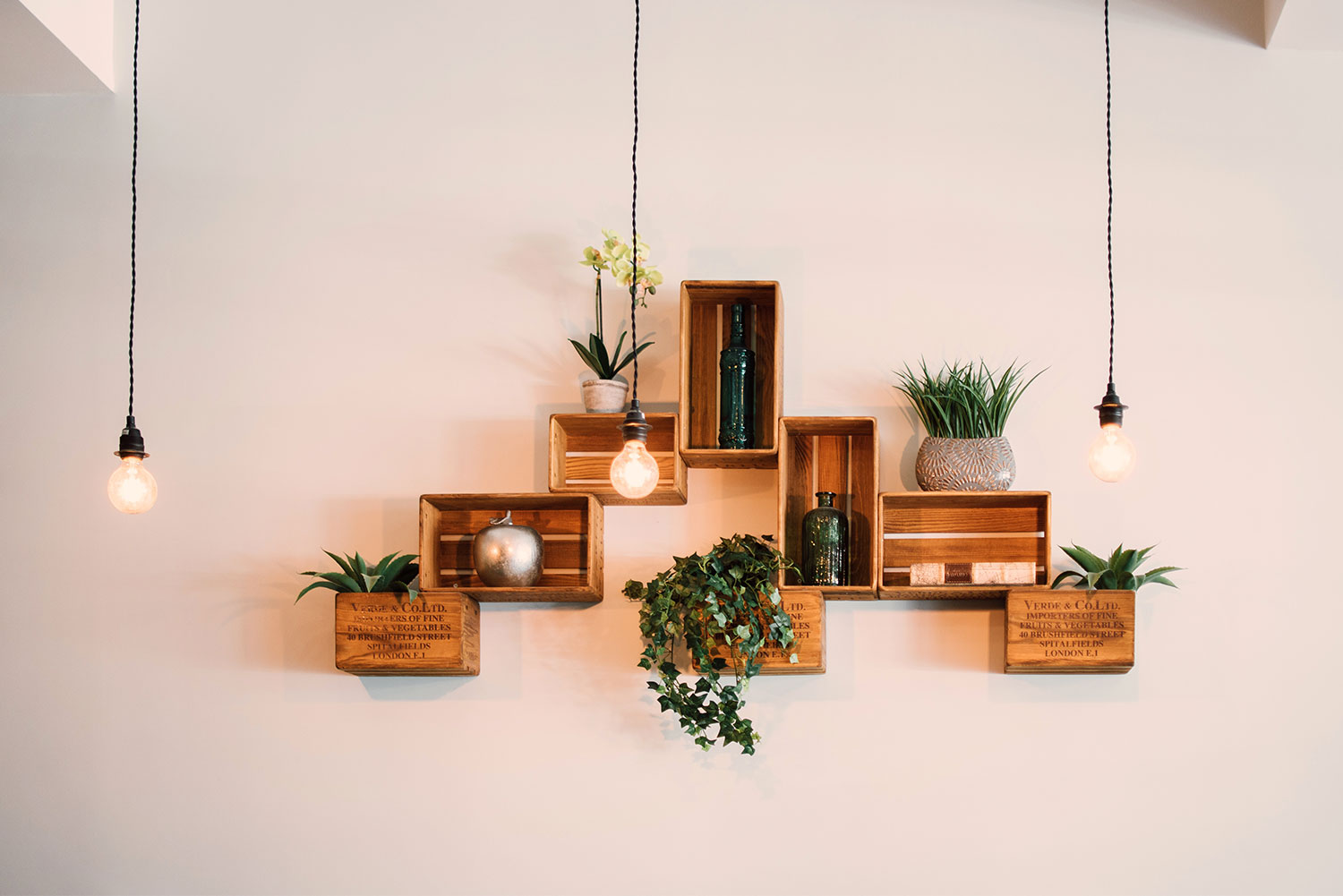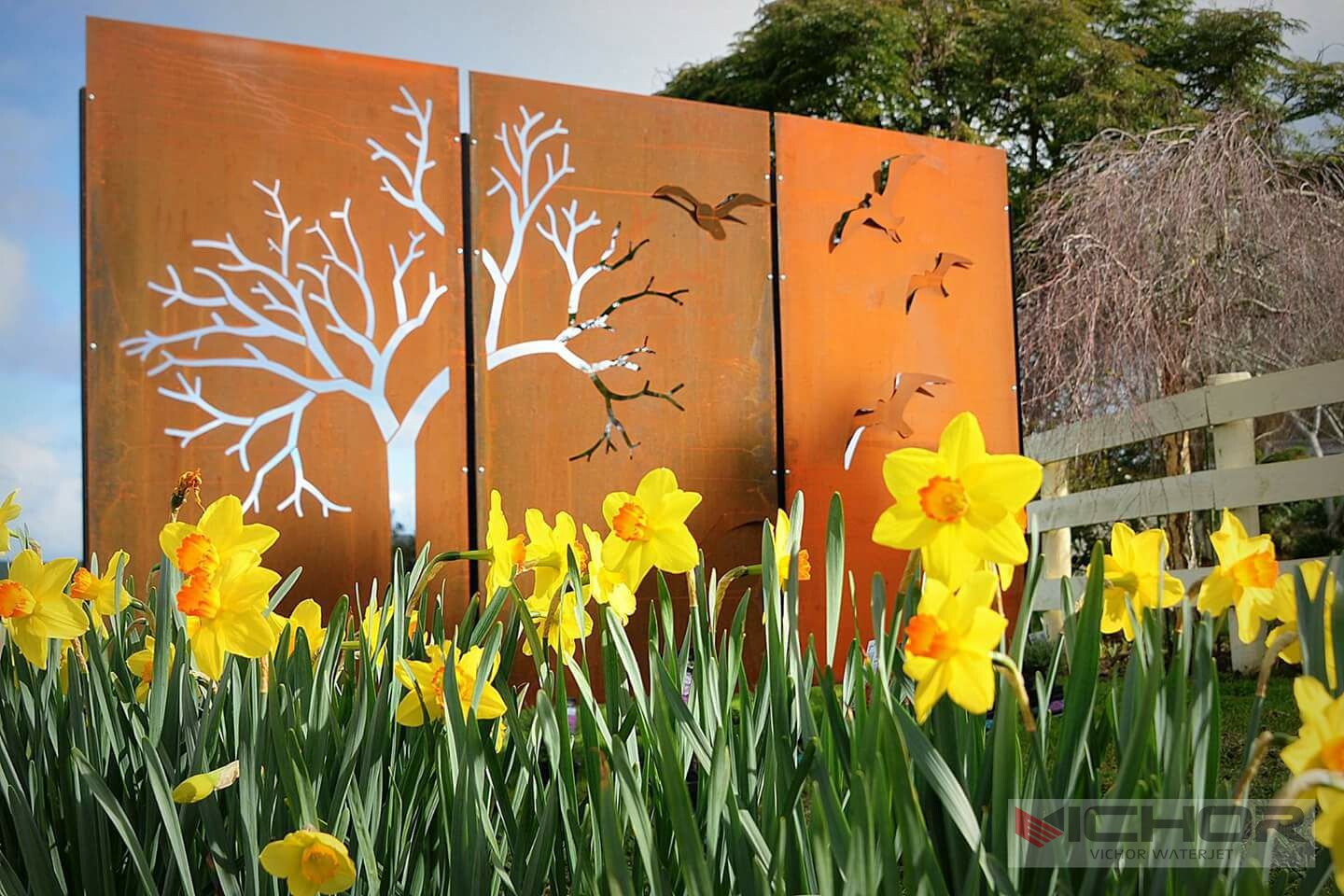
5 Critical Factors When Searching for a Water Jet Table for Sale
The first time I watched a seasoned operator run a new water jet table, I noticed something unexpected. Instead of marveling at the cutting head or software, he spent ten minutes examining the table’s slat system, running his hand along the support structure. “This is where you learn about a machine’s real lifespan,” he explained. “The cutting head gets all the attention, but the table determines whether you’ll still be making precision cuts five years from now.”
If you’re searching for a water jet table for sale, you’ve likely discovered that options range from seemingly incredible bargains to eye-watering investments. The table—often overlooked in favor of more glamorous components—actually forms the foundation of your entire waterjet operation. Understanding what separates exceptional tables from inadequate ones can mean the difference between a productivity powerhouse and a constant maintenance headache.
What Exactly Is a Water Jet Table?
When manufacturers list a water jet table for sale, they’re referring to the complete structural platform that supports materials during cutting. This includes the main frame, slats or support grid, water containment tank, and the gantry system that moves the cutting head. The table isn’t just a passive surface—it’s an engineered component that directly impacts precision, vibration damping, and long-term reliability.
Many first-time buyers make the mistake of focusing exclusively on table size while ignoring construction quality. A well-built water jet table for sale will feature heavy-duty welded construction, precision-machined mounting surfaces, and corrosion-resistant materials throughout. The VICHOR series tables, for instance, use reinforced box-beam construction that maintains alignment even under heavy daily use, unlike some lighter alternatives that can develop alignment issues within months of installation.
Key Applications That Demand the Right Table
Your specific applications should dictate which water jet table for sale makes the most sense for your operation. Heavy plate cutting operations need tables with close-spaced, thick slats that prevent material sagging during extended cuts. Operations processing delicate materials like glass or composites may require specialized slat designs with increased support points to prevent breakage.
I recently visited a aerospace supplier who discovered their “budget” water jet table for sale couldn’t maintain flatness when cutting titanium plates. The slight deflection caused inconsistent cut quality along the edges of expensive materials. After upgrading to a more rigid VICHOR table system, their reject rate dropped by 18% immediately. The right table doesn’t just hold material—it preserves precision throughout the cutting process.
Critical Features in a Modern Water Jet Table
When evaluating a water jet table for sale, several features deserve particular attention. The slat system design significantly impacts operational efficiency. Traditional fixed slats require manual cleaning that can take hours, while some modern systems offer removable or rotating slats that simplify maintenance. The gap between slats matters too—wider gaps are easier to clean but provide less support for thinner materials.
The table’s drive system determines both speed and accuracy. Rack-and-pinion drives have become the industry standard for most water jet table for sale offerings, but the quality of implementation varies dramatically. Precision-ground racks with anti-backlash mechanisms maintain positioning accuracy, while economy systems may develop play over time. The containment system represents another crucial consideration—proper water management prevents corrosion and simplifies waste removal.
Understanding Different Table Configurations
The market for a water jet table for sale generally divides into three primary configurations. Standard rectangular tables handle the majority of sheet and plate materials efficiently. These represent the most common type of water jet table for sale and work well for most fabrication shops.
For specialized applications, you might encounter indexing tables that allow processing of longer materials than the table itself. These systems typically cost 20-30% more but enable unique capabilities. The most advanced option involves multi-table configurations where one cutting system services multiple work surfaces, maximizing equipment utilization in high-production environments.
The Real Cost Considerations Beyond Purchase Price
The initial price tag on a water jet table for sale represents only part of your financial commitment. Operational costs include regular slat replacement (typically $1,000-$3,000 annually depending on usage), ongoing maintenance of drive components, and potential downtime from inadequate construction.
Many buyers discover too late that economy-priced tables incur hidden costs through increased consumable usage. A flexible or vibrating table causes inconsistent standoff distance, accelerating nozzle and focus tube wear. One fabrication shop calculated they were spending an additional $8,000 annually on premature consumable replacement due to their under-specified table—completely negating their initial “savings” on the water jet table for sale.
Service and Maintenance Realities
The service requirements for your water jet table for sale deserve serious consideration. Daily maintenance involves removing abrasive sediment from the tank and inspecting slats for wear. Weekly tasks include checking drive system tension and verifying alignment. Neglecting these seemingly simple tasks leads to progressive deterioration in cut quality and positional accuracy.
Manufacturers approach service support differently. Some provide comprehensive documentation and training, while others assume you’ll figure things out. When VICHOR installs one of their water jet tables for sale, they include detailed maintenance protocols and access to their technical support network—a valuable resource when you encounter unusual wear patterns or alignment issues.

Matching Table Solutions to Production Needs
The most successful implementations occur when the water jet table for sale specifically addresses your production challenges. High-mix shops with frequent material changes benefit from tables with easy slat removal systems. Operations cutting primarily thick materials need tables engineered for maximum rigidity and weight capacity.
Before selecting a water jet table for sale, carefully analyze your workflow. How frequently will you change materials? What percentage of your work involves remnant processing? What are your typical throughput requirements? Manufacturers like VICHOR use this information to recommend table configurations that optimize your specific operation rather than offering one-size-fits-all solutions.
Frequently Asked Questions About Water Jet Tables
Q1: How often do table slats need replacement on a water jet table for sale?
A1: Slat lifespan depends on cutting intensity, but most operations replace individual slats every 6-18 months. High-use areas directly under the cutting path may need more frequent replacement. Quality slats on a VICHOR table typically last 30% longer than economy alternatives due to thicker wear surfaces.
Q2: What table size should I consider when looking for a water jet table for sale?
A2: The optimal size depends on your standard material dimensions plus approximately 6-12 inches for clamping. For processing 4×8 foot sheets, a 5×10 foot table provides adequate workspace. Remember that larger tables require more substantial construction to maintain flatness—don’t assume all tables of the same size offer equivalent performance.
Q3: Can I upgrade an existing waterjet with a different water jet table for sale?
A3: While technically possible, retrofitting tables between different manufacturers involves significant engineering challenges. The control systems, mounting interfaces, and alignment requirements make this impractical in most cases. It’s generally more cost-effective to select the right table initially rather than planning future upgrades.
Q4: What specialized tables are available beyond standard rectangular designs?
A4: Beyond standard configurations, the market for a water jet table for sale includes indexing systems for long parts, multi-table setups for continuous production, and even rotating tables for complex contour work. These specialized systems typically cost 25-50% more than standard tables but enable unique capabilities.
Q5: How important is the table’s weight capacity when evaluating a water jet table for sale?
A5: Critical. An under-specified table will deflect under heavy materials, causing accuracy issues and accelerated wear. Calculate your maximum material weight plus fixtures, then add a 30% safety margin. For example, a 5×10 foot table should handle at least 8,000 pounds for serious plate steel work.
Selecting the right water jet table for sale requires balancing immediate needs with long-term operational efficiency. By focusing on construction quality, maintenance requirements, and how well the table supports your specific applications, you can avoid costly mistakes and build a foundation for years of productive operation.
continue reading
Related Posts
- 1350 words6.8 min read



